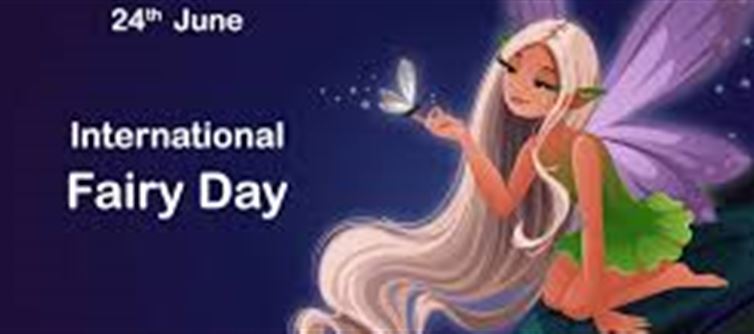
Every year on june 24, people celebrate international Fairy Day. The purpose of the day is to honour and celebrate mythological beings like fairies and to use their stories to teach the kids important lessons. The idea of living in a utopia where fairies and otherworldly creatures exist and anything is possible inspires children to strive for goals that the existing systems deem unachievable, knowing that they are capable of achieving them. Therefore, we celebrate international Fairy Day to show that we believe in fairies.
International Fairy Day's History
Fairies are fabled beings with alleged magical abilities. Fairies, who are typically thought to as female, played a big role in Europe's Renaissance. There are various tales that originate from various locations and explain the existence of fairies, each with its own genesis story. They are referred to as fallen angels, the children of Eve, or the sisters of Elves by some (the devil has always been in the details). We see fairies as enchanted creatures with a penchant for mischief and play.
According to the tale surrounding Peter Pan, the origin of fairies and devils may be traced back to a baby's first giggle, which shattered into multiple parts. Adults are envious of children's happiness and youth, and everyone we see wishes they could return to their childhood. Since fairies are associated with youth and happiness, many people have a dream of returning to their childhood, exploring the realm of fairyland, and flying carelessly with Peter Pan.
Even though modern technology and gadgets have mostly forsaken the folklore and fantasy plot, fairies and demons remain closely associated with our realist civilisation. While baba Yaga may be forgotten, both children and adults may still vividly recall the adventures of Tinker Bell and Peter Pan. Since its inception, international Fairy Day has been preserved and is observed annually on june 24 to provide these believers with a day to commemorate.




 click and follow Indiaherald WhatsApp channel
click and follow Indiaherald WhatsApp channel